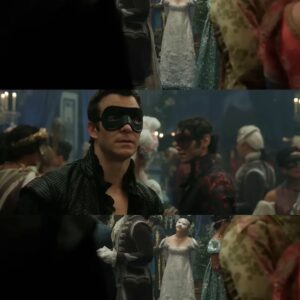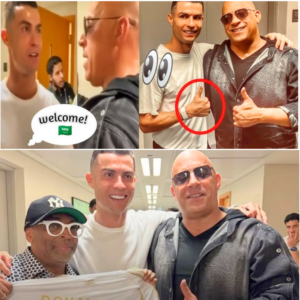
As a fan of superhero movies and director Sam Raimi, naturally, I love his entries in the genre. Looking at his Marvel adaptations, what stands out from other superhero movies is how he taps into his horror roots to make the supervillains feel sinister. It’s a method I wish more directors would adopt, as it imbues the villains with danger and gravitas.
Spider-Man Used Horror Elements

The absolute best example of how Sam Raimi elevates his villains is his first foray into Marvel movies, Spider-Man. Scenes featuring Willem Dafoe talking to himself as his identity fractures are shot with hard cuts and canted angles that evoke Raimi’s earlier horror films.
Combined with Dafoe’s unnerving performance, the style makes Green Goblin genuinely scary, which justifies the need for superheroes like Spider-Man.
Doc Ock’s Tentacles Are Terrifying

Spider-Man 2 took a similar approach, dialing the horror elements up and making Alfred Molina’s portrayal of Doctor Octopus iconic.
Making the villain’s robotic, tentacle arms seemingly sentient and in control of Otto Octavius gives the character a monster movie feel, which Raimi leans into with his visual style. The scene in which the tentacles kill the surgeons working on him uses extreme close-ups, hand-held camera movement, and cuts to imply violence, all of which are staples of the horror genre.
Raimi Brought Horror To The MCU

Sam Raimi’s entry in the MCU, Dr. Strange and the Multiverse of Madness, also features a villain consistently shot like a horror movie monster, Scarlet Witch. Unlike the Spider-Man trilogy, horror motifs are used throughout Multiverse of Madness, but they are particularly evocative in scenes centered on Wanda.
As a magical villain corrupted by a demonic book, his horror-infused style was perfect, allowing her to become a full-on supernatural monster who often moves like a zombie and murders heroes in brutal, creative ways.
Other Ways To Make A Good Villain

There are other ways to make compelling supervillains, like the sympathetic motivations of Killmonger in Black Panther, but more superhero movies should steal Sam Raimi’s style. Shooting most scenes in a conventional style and then adopting horror motifs for villain-focused scenes sets them apart from the rest of the universe.
This could have made forgettable villains like Thor 2’s Malekith feel otherworldly and threatening instead of generic and bland.
It Didn’t Work In Love And Thunder For Different Reasons

Comic books often use a similar approach, using shading and art style to make villains look menacing, borrowing from the visual style of horror comics. It seems natural that film adaptations would utilize this technique, but it remains rare outside of Sam Raimi’s films. The only examples that come to mind are Batman villains, who already exist in a gothic-inspired setting, and Gorr in Thor: Love and Thunder.
Returning Villains Were Celebrated

The enduring legacy of Sam Raimi’s villains proves that his style works. His versions of Green Goblin, Doctor Octopus, and Sandman were used as a selling point for Spider-Man: No Way Home just as much as the return of Andrew Garfield and Tobey Maguire. The love for those characters isn’t a coincidence; it’s a direct result of how they were utilized in their respective films.
Marvel’s Ongoing Issue With Compelling Villains

I often leave modern superhero movies bored by the villains, which is especially disappointing as I’m typically more drawn to villains than heroes in comics. The MCU, in particular, often has forgettable bad guys with no visual flair. For many of those characters, a Sam Raimi-style horror motif would help make them feel more threatening as if they could pose a genuine threat to the heroes.



